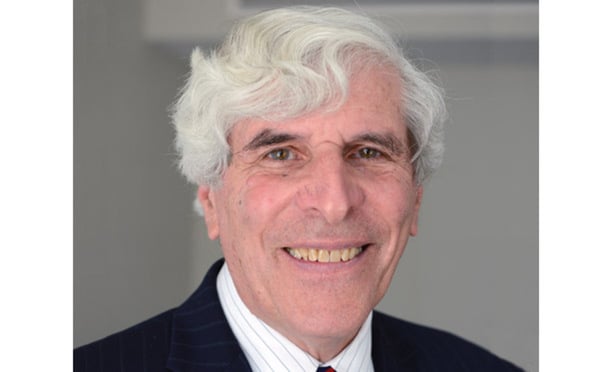It has now been 26 years since the United States signed the United Nations Framework Convention on Climate Change (UNFCCC) at the 1992 Earth Summit in Rio de Janeiro, 24 years since the UNFCCC went into effect after its ratification by the United States (and now 165 other countries) and 11 years since the U.S. Supreme Court held, in Massachusetts v. EPA, 549 U.S. 497 (2007), that the Environmental Protection Agency had an affirmative duty under the Clean Air Act to regulate carbon dioxide as a greenhouse gas (GHG) pollutant. Yet the United States has failed to implement any meaningful federal program to reduce its GHG emissions despite its UNFCCC treaty obligations, its Supreme Court ruling and increasing scientific certainty that our nation’s GHG increasing emissions are already contributing to rapid changes in the earth’s atmosphere and oceans and, as a result, significant impacts to human life and the environment in the United States and abroad. This column considers whether those nations most directly affected by U.S. inaction on climate change might have an enforceable legal remedy against the United States and, if so, what that remedy might be. Our focus will be on claims based on international law rather than U.S. domestic law.
Background
The fault for U.S. climate inaction rests with both Congress and the last four Presidents. Despite ratifying the UNFCCC with its call for developed countries to adopt national policies and measures intended to reduce their GHG emissions toward 1990 levels (that is, levels before the Rio Conference), no such measures were proposed or taken by the United States during the Bush I, Clinton or Bush II administrations. When the Clinton administration finally signed on to the 1997 Kyoto Protocol with specific GHG reduction targets for the United States and other developed countries, the Senate (by a vote of 97-0) urged the President not even to submit that agreement for ratification because it required no such reductions by China, India or other “emerging economies.” When, following eight years of climate resistance by the Bush II administration, the House of Representatives in 2009 finally passed the Waxman-Markey bill designed to reduce GHG emissions through a complex “cap and trade” program, the companion Senate bill was permitted to die quietly by the Obama administration.


 Stephen L. Kass
Stephen L. Kass




